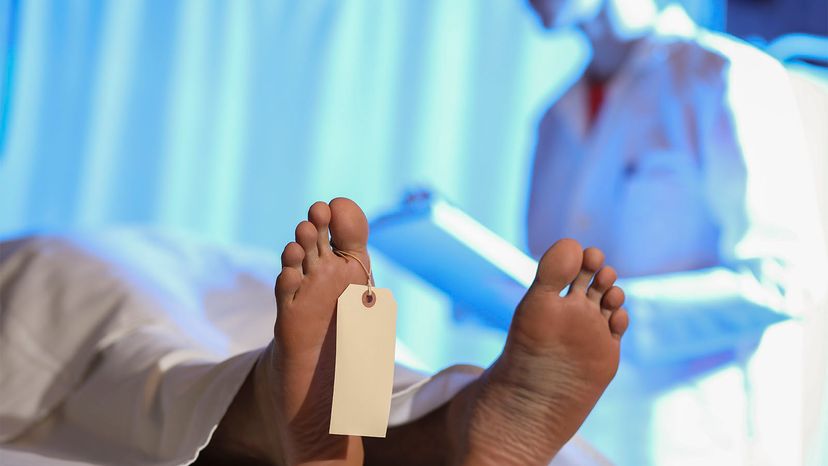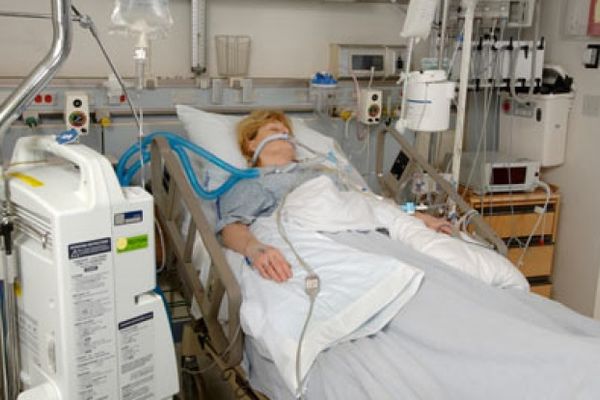
Whenever a mysterious death occurs — whether it's a suspected murder, or an apparent overdose by a pop music star or Hollywood actor, or simply someone who has succumbed due to unexplained causes — it's likely that the body is going to end up on a metal table in a medical examiner's suite, where it will be subjected to a specialized procedure called an autopsy, in hopes of finding answers.
Also known as a post-mortem examination, an autopsy is used to investigate and determine why a person died, and also to shed light upon the circumstances surrounding the death [source: Yale].
Advertisement
Though laws vary across the U.S., autopsies may be required in certain types of deaths, such as suspected suicides or homicides, when a child suddenly dies despite appearing to be in good health, or when there's concern that a person may have died of a cause that represents a threat to public health. In 32 states, coroners and medical examiners — the public officials who are in charge of autopsies — have the authority to order an autopsy whenever they believe that it's in the public interest, for whatever reason [source: CDC]. Investigations of deaths that look for evidence of crimes being committed are called forensic autopsies [source: Officer.com].
But not all autopsies are conducted in an effort to show that crimes have been committed. With the permission of families, doctors may also perform clinical autopsies on deceased patients in an effort to learn more about medical conditions that led to their deaths, in the effort to better understand and diagnose diseases and aid other patients suffering from them [source: Yale].
Autopsies often are depicted in TV crime shows, and usually involve a detective being summoned to the morgue where an erudite doctor clad in scrubs points out some surprising find that could unlock a case. In real life, though, autopsies take a lot longer, and the results aren't always so clear-cut or dramatic. In this article, we'll look at the preparation, procedure, and tools needed to perform an autopsy.

